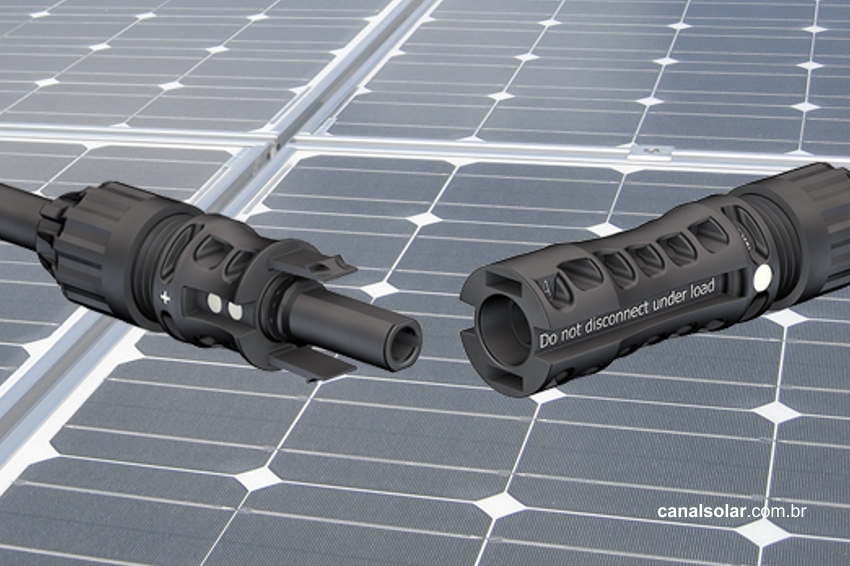We often hear from photovoltaic system installers some questions about how to correctly make MC4 connections.
A very common question is about the possibility of soldering the photovoltaic cable to the connector with tin. Is this allowed?
Firstly, before even resorting to technical arguments, we have to analyze the lack of practicality in a possible connector soldering process.
It would be very time-consuming or even impractical to tin connectors with a soldering iron during the assembly of a solar plant.
Field work must be practical and quick. Electrical connections must be made in a practical and safe way, with total elimination of the risk of bad contacts. Now, let's move on to the technical arguments.
The electrical connections of photovoltaic systems must offer low contact resistance, to minimize losses due to the Joule effect, in addition to offering a long useful life. To achieve this, methods and tools must be used that allow safe and standardized connections to be made.
The application of solder to connectors, carried out manually, does not allow for the necessary standardization of the connection process and can result in poorly made connections or the known cold solders.
Analyzing these aspects alone, we already realize that soldering photovoltaic connectors is not a good idea. To reinforce what we said in the previous paragraphs, we can use technical standards. There is a standard for photovoltaic electrical installation projects in the drafting phase at the time this article is being written.
The standard is called Low voltage electrical installations – Photovoltaic arrangements (not yet numbered in ABNT) and is based on the international standard IEC 62548:2013.
In this draft standard there is no specific information on how to make electrical connections, however we can read the following: “the requirements of this standard modify, complement or replace the requirements present in ABNT NBR 5410:2004”.
In other words, the two standards complement each other and should be used to guide the designs and assembly of photovoltaic electrical installations. In NBR 5410:2004 we find the following instructions:
- Section 6.2.8.10: the application of tin solder to the termination of conductors to connect them to terminals or terminals of electrical devices or equipment is prohibited.
NOTE: It is advisable to avoid using soldered connections in power circuits. If such connections are used, they must have resistance to creep and mechanical stress compatible with the application.
How then should the electrical conductors be fixed to the photovoltaic connectors? The best answer is that the procedures recommended by the manufacturers should be used.
Connector manufacturers provide the appropriate tools for each type of connection. There are specific crimping pliers for MC4 type connectors. MC4 is today a generic name used on the market for photovoltaic connectors.
The MC4 standard was created and launched on the market by Stäubli-MultiContact (where the name “MC” comes from). Compatible connectors from other manufacturers can be found on the market with other names such as T4 and H4, for example. Below we see an example of an MC4 connector crimping pliers from Stäubli-MultiContact.
Below are the assembly instructions found in the Stäubli-MultiContact catalogue:
See here an explanatory video on assembling the connectors:



















